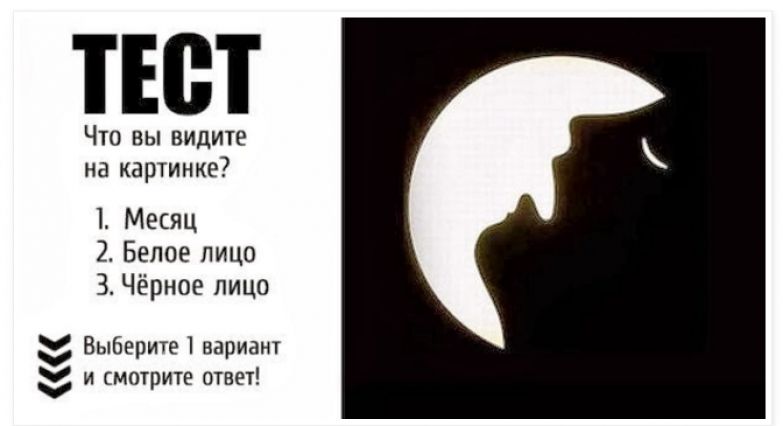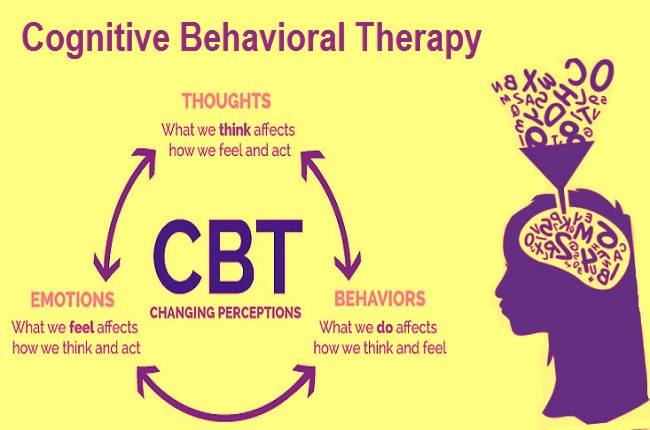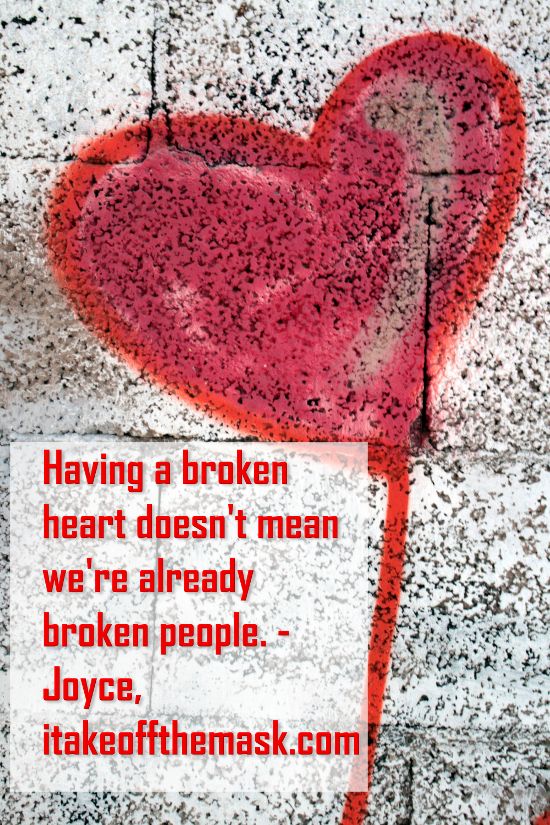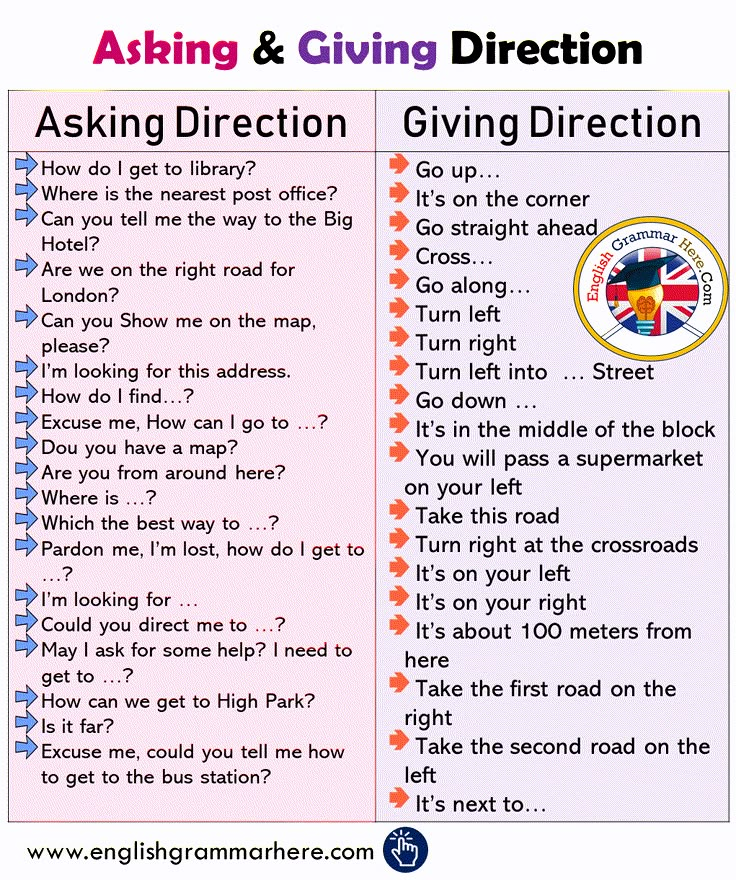Complex trauma treatment
What Is Complex Trauma? Symptoms, Examples, and How to Heal
Complex trauma has a deep impact on the nervous system. By understanding how it develops, you can better understand how to treat it.
Most of us have a chapter in our lives we’d rather forget. Whether it’s a devastating breakup or the death of a loved one, many of us have felt the sting of heartbreak that comes with being a human.
But for those who live with complex trauma, the memories don’t just live in the past. They live in the present moment, too.
For a long time, complex trauma wasn’t well understood. Now researchers estimate that more than 3% of people meet the criteria for complex trauma, also called complex post-traumatic stress disorder (C-PTSD), in the United States. This is about the same percentage as people with traditional PTSD.
Trauma, the kind you’ve likely heard of, can develop after a distinct traumatic experience. It occurs when the brain and body are so overwhelmed that they have a hard time easing out of “fight, flight, or freeze” mode and coming back into a relaxed state.
Trauma may refer to a single incident, while complex trauma refers to a series of traumatic events that take place over a long period of time, like months or years.
First introduced in the 1990s by Judith Lewis Herman, PhD, complex trauma has a lot in common with the classic symptoms of PTSD, such as:
- feeling anxious
- having flashbacks
- avoiding circumstances that remind you of the traumatic events
In addition, complex trauma can:
- distort your sense of self
- make it difficult to control your emotions
- cause relationships challenges
When you experience a traumatic event, it activates the limbic system in the brain. This “fire alarm” shuts down all nonessential systems (rest, digestion, sleep) and floods your body with stress hormones, like cortisol, so you can prepare for fight, flight, or freeze.
Once the danger passes, your parasympathetic nervous system provides inner calm, otherwise known as your “rest and digest” mode.
At this point, normal cognitive function returns, and you can go back to your day with relatively few side effects, perhaps only feeling a little jittery for a while, or a bit on edge.
But for people who live with complex trauma, this balance doesn’t quite return all the way.
The limbic system stays engaged most of the time. It’s a coping mechanism to try and stay safe in the face of ongoing adversity. It’s an experience of constantly being in survival mode, or on edge.
Over time, it becomes a “new normal” for the brain and body.
In his book, “The Body Keeps the Score,” trauma expert Bessel van der Kolk, MD, describes how trauma literally becomes trapped in the body and the brain rewires itself. These lasting effects create symptoms of complex trauma.
This bodily state of your nervous system being on “high alert” can affect your thoughts, actions, and relationships.
Some symptoms of complex trauma include:
- flashbacks
- lapses in memory
- difficulty regulating emotions
- hyperarousal, or being “on alert”
- dissociation or lapses in memory
- depersonalization or derealization
- sleep disturbances or nightmares
- struggling in interpersonal relationships
- low self-esteem or negative self-perception
- avoiding people, places, or scenarios that upset you
Somatic (bodily) symptoms, like unexplained headaches or an upset stomach, are also common with complex trauma.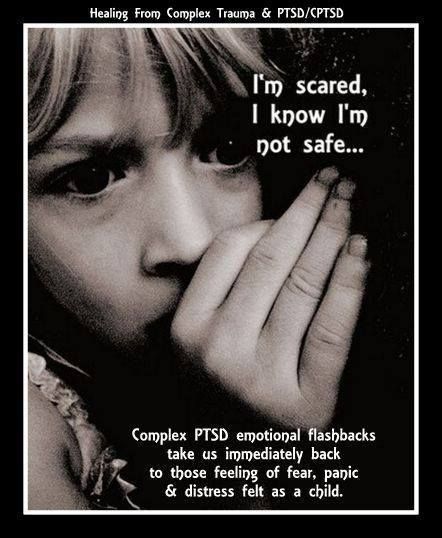 Since the body is under chronic stress, it can lower your immune system and lead to a range of chronic health conditions.
Since the body is under chronic stress, it can lower your immune system and lead to a range of chronic health conditions.
Complex trauma can arise in any situation where you feel an ongoing sense of fear, horror, helplessness, or powerlessness over an extended period of time, with the perceived or actual inability to escape.
It usually stems from trauma you experienced in childhood, though it can develop from trauma in adulthood as well.
Some possible causes of complex trauma include:
- sexual abuse or incest
- ongoing physical or emotional abuse
- chronic neglect or abandonment
- medical abuse or medical trauma
- torture or being held captive
- enmeshment or engulfment trauma
- parentification (children taking on adult rules)
- human trafficking
- genocide campaigns
- living in a war zone or area of civil unrest
Everyone’s story is unique — and so is their trauma. What works for one person may not work for another.
Also, keep in mind that what works at one point in time may not work later on down the line.
The great news is, as more is uncovered about complex trauma, more trauma treatment therapies are emerging as well. The goal of each treatment option is to provide a corrective emotional experience for healing.
Here are some effective therapies for complex trauma:
- Cognitive behavioral therapy (CBT). In this form of therapy, you explore the relationship between your thoughts, feelings, and behaviors. Once you become aware of the connections, you may be able to change your actions.
- Eye Movement Desensitization and Reprocessing (EMDR). With this treatment, you’re guided with gentle tapping (or tones) to reprocess traumatic events and form new beliefs around them.
- Internal family systems (IFS). With this approach, you learn how to integrate the different parts of your personality into one whole “Self” to reprocess traumatic events in a way that can no longer harm you.
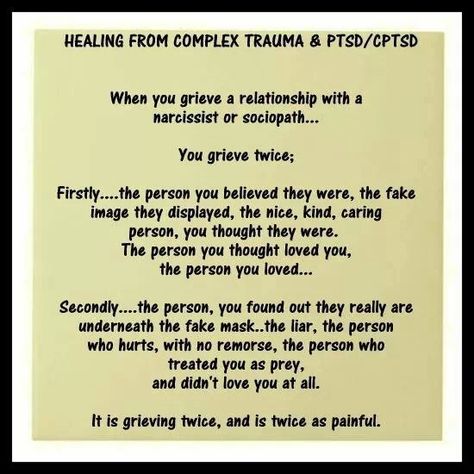
- Somatic (body) therapies. Since trauma lives in the limbic area of the brain and not the frontal cortex (the part of the brain that talks in therapy), somatic therapies or body-centered therapies can teach your body that it does not have to be prepared for trauma all the time.
- Dialectical behavioral therapy (DBT). This approach can be effective for people who live with borderline personality disorder (BPD), which has many overlapping symptoms with complex trauma. In this treatment approach, you learn mindfulness, radical self-acceptance, and distress tolerance.
There’s also a link between complex trauma and substance use as a way to cope with symptoms. If you’d like to cut back on using drugs or drinking alcohol, support is available.
Look for a local 12-step program, like Alcoholics Anonymous (AA) or Narcotics Anonymous (NA), or SMART Recovery.
Here are some additional resources for support:
- Substance Abuse and Mental Health Services Administration (SAMHSA)
- National Council on Alcoholism and Drug Dependence
- National Institute on Alcohol Abuse and Alcoholism
Recovery from complex trauma can be a gradual process.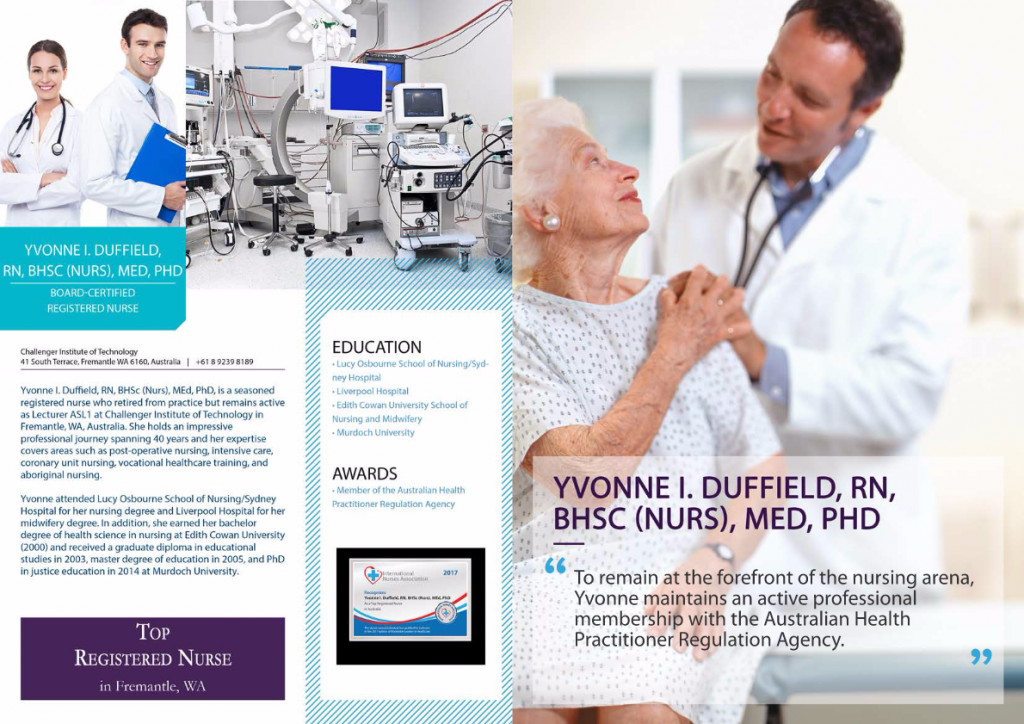 But having a range of tools and self-care strategies can make the process a whole lot easier.
But having a range of tools and self-care strategies can make the process a whole lot easier.
It’s a good idea to keep a few deep breathing exercises up your sleeve for those tough moments. This is a direct way to let your body know that you’re safe. Try these:
- 4-7-8 breathing: Inhale for 4 seconds, hold for 7 seconds, exhale for 8 seconds.
- Box breathing: Inhale for 4 seconds, hold for 4 seconds, exhale for 4 seconds, hold for 4 seconds.
- Alternate nostril breathing: Place your right thumb over your right nostril. Inhale and exhale eight times through your left nostril. Repeat on the other side.
A consistent mindfulness practice can help too. A 2018 study involving veterans with PTSD found that a regular meditation practice can reduce symptoms of trauma. Yoga has shown similar results, showing that both can be an effective complement to talk therapy.
It might help to access trauma-informed yoga sessions, where the yoga instructor is aware that trauma can be stored in the body, and that some body movements can trigger emotional reactions.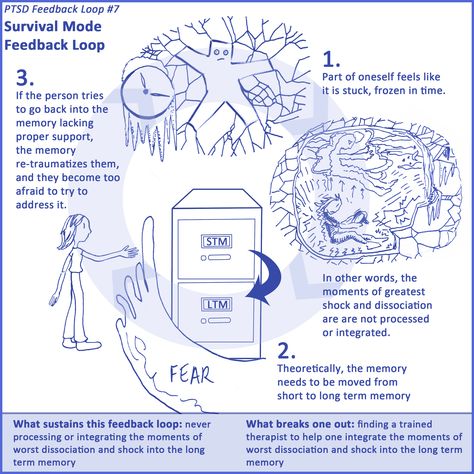 They can help you navigate these reactions in a healing way.
They can help you navigate these reactions in a healing way.
Here are some lifestyle adjustments that can make complex trauma more manageable:
- do tai chi or dance
- journal your feelings
- spend time in nature
- eat a nutritious, balanced diet
- sleep around 8 hours a night
- “shake off” tough emotions by literally shaking your arms or your body to release tension
- talk through your triggers with loved ones
- practice progressive relaxation techniques
- exercise five times a week, even if only a few minutes a day
- try using the flashback halting protocol to manage flashbacks
Complex trauma may feel like it’s taking over your life. Perhaps you feel alone in your experience, wondering if it will ever feel like less of a big deal.
Two thoughts: You’re not alone, and it will get better.
One of the best things you can do is to continue to educate yourself about complex trauma. You may be able to find a healing book club or support group in your area.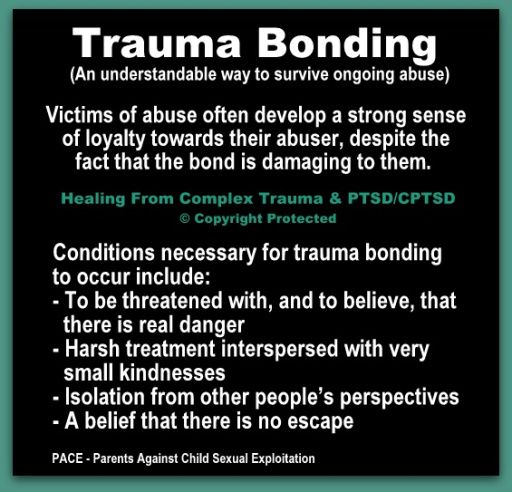
You can also join one online, like this one through the C-PTSD Foundation.
Here are some books to add to your reading list:
- “The Body Keeps the Score” by Bessel van der Kolk, MD
- “Healing the Fragmented Selves of Trauma Survivors: Overcoming Internal Self-Alienation” by Janina Fisher, PhD
- “Trauma & Recovery” by Judith Lewis Herman, MD
- “The Complex PTSD Workbook” by Arielle Schwartz, PhD
- “Waking the Tiger” by Peter Levine, PhD
- “Trauma and the Body” by Pat Ogden, PhD
- “The Body Heals Itself” by Emily Francis
- “What Happened to You? Conversations on Trauma, Resilience, and Healing” by Bruce D. Perry, MD, PhD, and Oprah Winfrey
Also, here’s a great TED Talk on how childhood trauma affects health over a lifetime.
Finally, know that you will get through this. You’ve survived 100% of your worst days so far and, just like the other tough times, this will pass too.
You’re stronger than you know.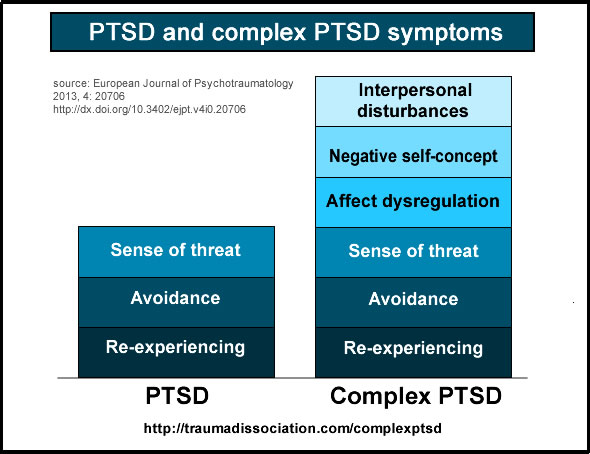
Suicide prevention
Complex trauma may increase your risk of self-harm. If you’re considering self-harm or suicide, help is available right now:
- Call a crisis hotline, such as the National Suicide Prevention Lifeline at 800-273-8255.
- Text HOME to the Crisis Text Line at 741741.
What Is Complex Trauma? Symptoms, Examples, and How to Heal
Complex trauma has a deep impact on the nervous system. By understanding how it develops, you can better understand how to treat it.
Most of us have a chapter in our lives we’d rather forget. Whether it’s a devastating breakup or the death of a loved one, many of us have felt the sting of heartbreak that comes with being a human.
But for those who live with complex trauma, the memories don’t just live in the past. They live in the present moment, too.
For a long time, complex trauma wasn’t well understood. Now researchers estimate that more than 3% of people meet the criteria for complex trauma, also called complex post-traumatic stress disorder (C-PTSD), in the United States. This is about the same percentage as people with traditional PTSD.
This is about the same percentage as people with traditional PTSD.
Trauma, the kind you’ve likely heard of, can develop after a distinct traumatic experience. It occurs when the brain and body are so overwhelmed that they have a hard time easing out of “fight, flight, or freeze” mode and coming back into a relaxed state.
Trauma may refer to a single incident, while complex trauma refers to a series of traumatic events that take place over a long period of time, like months or years.
First introduced in the 1990s by Judith Lewis Herman, PhD, complex trauma has a lot in common with the classic symptoms of PTSD, such as:
- feeling anxious
- having flashbacks
- avoiding circumstances that remind you of the traumatic events
In addition, complex trauma can:
- distort your sense of self
- make it difficult to control your emotions
- cause relationships challenges
When you experience a traumatic event, it activates the limbic system in the brain.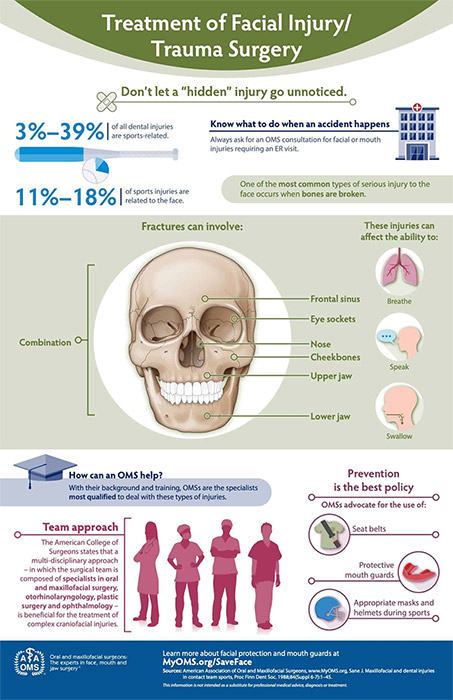 This “fire alarm” shuts down all nonessential systems (rest, digestion, sleep) and floods your body with stress hormones, like cortisol, so you can prepare for fight, flight, or freeze.
This “fire alarm” shuts down all nonessential systems (rest, digestion, sleep) and floods your body with stress hormones, like cortisol, so you can prepare for fight, flight, or freeze.
Once the danger passes, your parasympathetic nervous system provides inner calm, otherwise known as your “rest and digest” mode.
At this point, normal cognitive function returns, and you can go back to your day with relatively few side effects, perhaps only feeling a little jittery for a while, or a bit on edge.
But for people who live with complex trauma, this balance doesn’t quite return all the way.
The limbic system stays engaged most of the time. It’s a coping mechanism to try and stay safe in the face of ongoing adversity. It’s an experience of constantly being in survival mode, or on edge.
Over time, it becomes a “new normal” for the brain and body.
In his book, “The Body Keeps the Score,” trauma expert Bessel van der Kolk, MD, describes how trauma literally becomes trapped in the body and the brain rewires itself. These lasting effects create symptoms of complex trauma.
These lasting effects create symptoms of complex trauma.
This bodily state of your nervous system being on “high alert” can affect your thoughts, actions, and relationships.
Some symptoms of complex trauma include:
- flashbacks
- lapses in memory
- difficulty regulating emotions
- hyperarousal, or being “on alert”
- dissociation or lapses in memory
- depersonalization or derealization
- sleep disturbances or nightmares
- struggling in interpersonal relationships
- low self-esteem or negative self-perception
- avoiding people, places, or scenarios that upset you
Somatic (bodily) symptoms, like unexplained headaches or an upset stomach, are also common with complex trauma. Since the body is under chronic stress, it can lower your immune system and lead to a range of chronic health conditions.
Complex trauma can arise in any situation where you feel an ongoing sense of fear, horror, helplessness, or powerlessness over an extended period of time, with the perceived or actual inability to escape.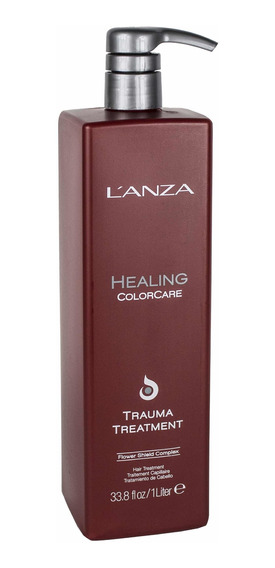
It usually stems from trauma you experienced in childhood, though it can develop from trauma in adulthood as well.
Some possible causes of complex trauma include:
- sexual abuse or incest
- ongoing physical or emotional abuse
- chronic neglect or abandonment
- medical abuse or medical trauma
- torture or being held captive
- enmeshment or engulfment trauma
- parentification (children taking on adult rules)
- human trafficking
- genocide campaigns
- living in a war zone or area of civil unrest
Everyone’s story is unique — and so is their trauma. What works for one person may not work for another.
Also, keep in mind that what works at one point in time may not work later on down the line.
The great news is, as more is uncovered about complex trauma, more trauma treatment therapies are emerging as well. The goal of each treatment option is to provide a corrective emotional experience for healing.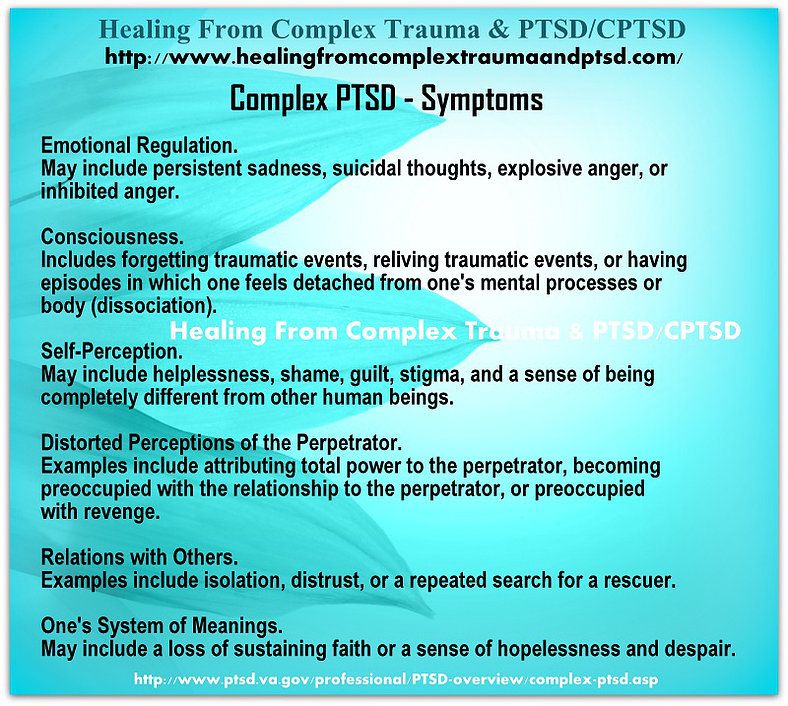
Here are some effective therapies for complex trauma:
- Cognitive behavioral therapy (CBT). In this form of therapy, you explore the relationship between your thoughts, feelings, and behaviors. Once you become aware of the connections, you may be able to change your actions.
- Eye Movement Desensitization and Reprocessing (EMDR). With this treatment, you’re guided with gentle tapping (or tones) to reprocess traumatic events and form new beliefs around them.
- Internal family systems (IFS). With this approach, you learn how to integrate the different parts of your personality into one whole “Self” to reprocess traumatic events in a way that can no longer harm you.
- Somatic (body) therapies. Since trauma lives in the limbic area of the brain and not the frontal cortex (the part of the brain that talks in therapy), somatic therapies or body-centered therapies can teach your body that it does not have to be prepared for trauma all the time.
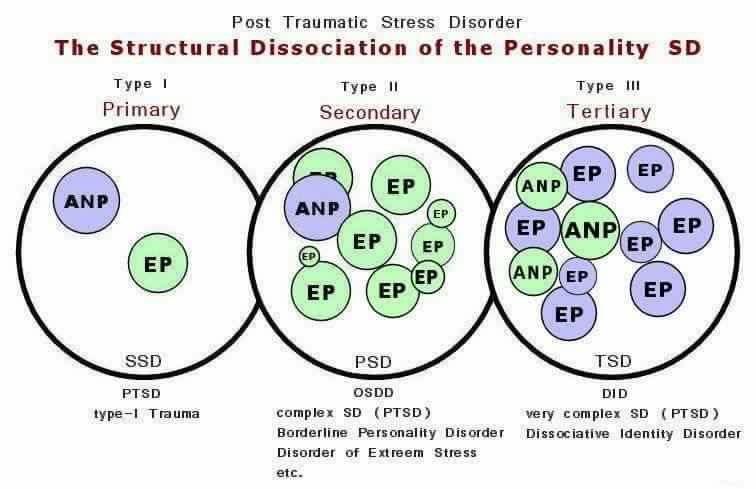
- Dialectical behavioral therapy (DBT). This approach can be effective for people who live with borderline personality disorder (BPD), which has many overlapping symptoms with complex trauma. In this treatment approach, you learn mindfulness, radical self-acceptance, and distress tolerance.
There’s also a link between complex trauma and substance use as a way to cope with symptoms. If you’d like to cut back on using drugs or drinking alcohol, support is available.
Look for a local 12-step program, like Alcoholics Anonymous (AA) or Narcotics Anonymous (NA), or SMART Recovery.
Here are some additional resources for support:
- Substance Abuse and Mental Health Services Administration (SAMHSA)
- National Council on Alcoholism and Drug Dependence
- National Institute on Alcohol Abuse and Alcoholism
Recovery from complex trauma can be a gradual process. But having a range of tools and self-care strategies can make the process a whole lot easier.
It’s a good idea to keep a few deep breathing exercises up your sleeve for those tough moments. This is a direct way to let your body know that you’re safe. Try these:
- 4-7-8 breathing: Inhale for 4 seconds, hold for 7 seconds, exhale for 8 seconds.
- Box breathing: Inhale for 4 seconds, hold for 4 seconds, exhale for 4 seconds, hold for 4 seconds.
- Alternate nostril breathing: Place your right thumb over your right nostril. Inhale and exhale eight times through your left nostril. Repeat on the other side.
A consistent mindfulness practice can help too. A 2018 study involving veterans with PTSD found that a regular meditation practice can reduce symptoms of trauma. Yoga has shown similar results, showing that both can be an effective complement to talk therapy.
It might help to access trauma-informed yoga sessions, where the yoga instructor is aware that trauma can be stored in the body, and that some body movements can trigger emotional reactions. They can help you navigate these reactions in a healing way.
They can help you navigate these reactions in a healing way.
Here are some lifestyle adjustments that can make complex trauma more manageable:
- do tai chi or dance
- journal your feelings
- spend time in nature
- eat a nutritious, balanced diet
- sleep around 8 hours a night
- “shake off” tough emotions by literally shaking your arms or your body to release tension
- talk through your triggers with loved ones
- practice progressive relaxation techniques
- exercise five times a week, even if only a few minutes a day
- try using the flashback halting protocol to manage flashbacks
Complex trauma may feel like it’s taking over your life. Perhaps you feel alone in your experience, wondering if it will ever feel like less of a big deal.
Two thoughts: You’re not alone, and it will get better.
One of the best things you can do is to continue to educate yourself about complex trauma. You may be able to find a healing book club or support group in your area.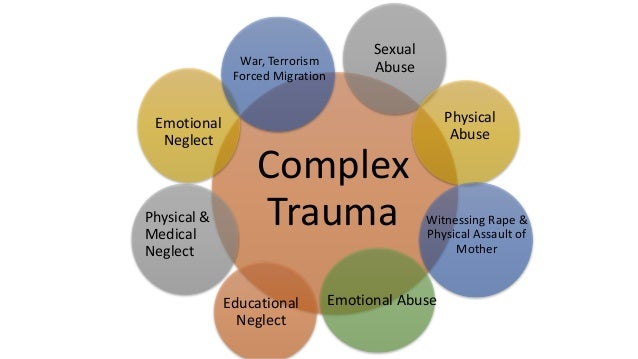
You can also join one online, like this one through the C-PTSD Foundation.
Here are some books to add to your reading list:
- “The Body Keeps the Score” by Bessel van der Kolk, MD
- “Healing the Fragmented Selves of Trauma Survivors: Overcoming Internal Self-Alienation” by Janina Fisher, PhD
- “Trauma & Recovery” by Judith Lewis Herman, MD
- “The Complex PTSD Workbook” by Arielle Schwartz, PhD
- “Waking the Tiger” by Peter Levine, PhD
- “Trauma and the Body” by Pat Ogden, PhD
- “The Body Heals Itself” by Emily Francis
- “What Happened to You? Conversations on Trauma, Resilience, and Healing” by Bruce D. Perry, MD, PhD, and Oprah Winfrey
Also, here’s a great TED Talk on how childhood trauma affects health over a lifetime.
Finally, know that you will get through this. You’ve survived 100% of your worst days so far and, just like the other tough times, this will pass too.
You’re stronger than you know.
Suicide prevention
Complex trauma may increase your risk of self-harm. If you’re considering self-harm or suicide, help is available right now:
- Call a crisis hotline, such as the National Suicide Prevention Lifeline at 800-273-8255.
- Text HOME to the Crisis Text Line at 741741.
Rehabilitation after injuries (post-traumatic rehabilitation)
In the life of every person there are unexpected and unpleasant moments that lead to bruises, dislocations, bone fractures and damage to the musculoskeletal system.
Most of the injuries of the musculoskeletal system require surgical or conservative treatment. Successfully performed operation, correct reposition and cast is only the beginning of treatment. In most cases, patients who have suffered an injury require a complex of restorative measures. This is due to the fact that prolonged immobilization, lack of exercise, vascular and other changes lead to muscle atrophy, limited joint mobility, and trophic changes in the limb.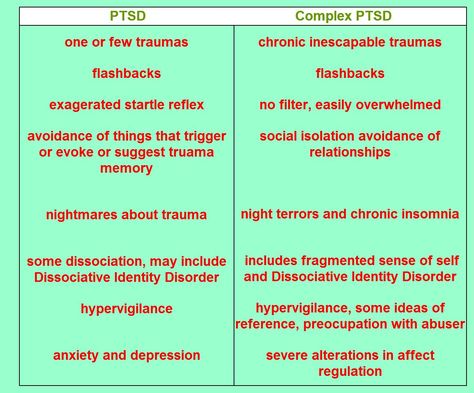 The success of the treatment of an injury by more than half depends not only on the quality of the operation or reposition, but also on a well-performed post-traumatic rehabilitation . A fused fracture, reduced dislocation, does not always mean recovery. It often happens that the consolidation of the fracture has occurred, and the function of the limb is absent.
The success of the treatment of an injury by more than half depends not only on the quality of the operation or reposition, but also on a well-performed post-traumatic rehabilitation . A fused fracture, reduced dislocation, does not always mean recovery. It often happens that the consolidation of the fracture has occurred, and the function of the limb is absent.
In domestic clinical medicine, one of the fundamental principles is anthropotherapy - the treatment of a sick person, proposed and developed by the luminaries of domestic science and practice M. Ya. Mudrov, G. A. Zakharyin, S. P. Botkin and others. , it is necessary to treat not only a fracture of a particular bone, but also a patient with a fracture, bearing in mind the various0005 injury and consequences of physical inactivity. At the heart of the development of many disorders of the body's activity and hypodynamia is a decrease in the intensity and even a perversion of kinesthetic stimuli, which leads to a violation of the dynamic stereotype of physiological functions, the basis of which are motor-visceral reflexes.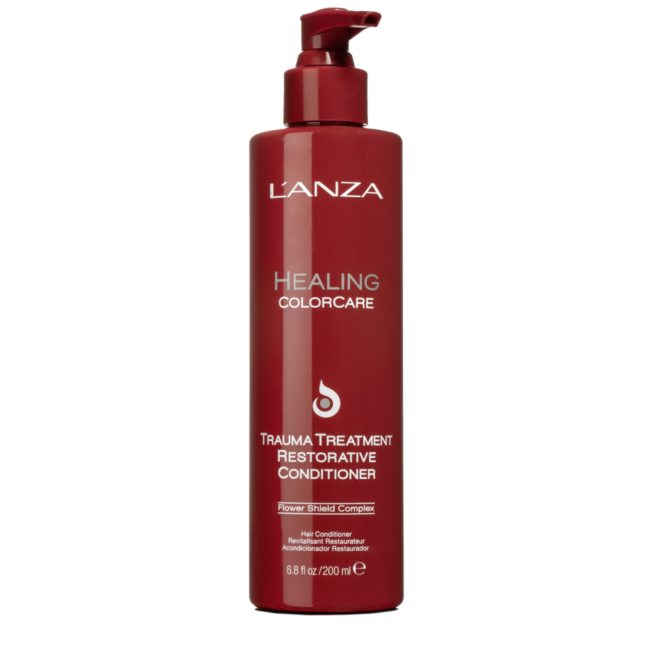 This also includes the depressed state of the psyche, due to the severity of the injury, fear of consequences, pain syndrome.
This also includes the depressed state of the psyche, due to the severity of the injury, fear of consequences, pain syndrome.
Significant changes occur in the activity of the circulatory organs. The blood circulation in the injury zone worsens due to the existing reflex muscle tension in this area, the stroke volume of the heart and the minute volume of blood circulation, the blood flow rate (especially in venules and small veins), the mass of circulating blood decrease, while its viscosity and coagulability increase. Ventilation deteriorates, the vital capacity of the lungs decreases, which affects primarily the central nervous system, which is most sensitive to ventilation disorders. nine0003
Hypodynamia slows down the resorption of the hematoma formed during trauma, adversely affects the state of the muscular system with the development of hypotension and malnutrition.
The degree of functional disorders depends on the location and severity of the damage, the method of fixation of bone fragments or the technique of surgical intervention, and the age of the patient.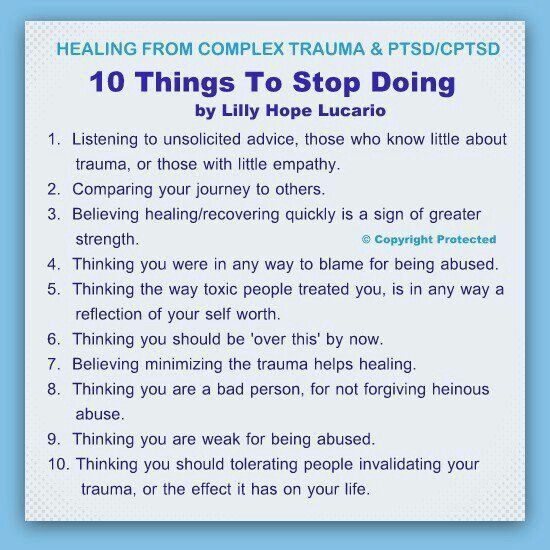
The goal of restorative treatment is to achieve stable normalization of impaired human functions, as well as social functions and ability to work, in the appropriate time frame. Main methods rehabilitation after injuries are physiotherapy exercises (exercise therapy), manual therapy, massage, physiotherapy, mechanotherapy, labor therapy, psychotherapy.
An important role in the prevention and elimination of post-traumatic changes is played by physical exercises - specially organized for a specific purpose and strictly dosed movements. They are one of the important factors that support the vital activity of a healthy person and stimulate regenerative and compensatory mechanisms in the body of a sick person, since all adaptive processes are involved through the system of central regulations to ensure homeostasis. nine0003 IP Pavlov noted that movement is a natural function necessary for the existence of a person, affecting the entire body and relating to "the main reactive activity of the body. Regular exercise creates dominant foci of excitation in the cerebral cortex, which, by the mechanism of negative induction, leads to suppression of foci of congestive excitation, i.e. eliminates "pain points". The systematic use of physical exercises in the complex treatment of a patient eliminates the negative effect of physical inactivity on the body, has a versatile beneficial effect. nine0003 Rhythmic contraction and relaxation of skeletal muscles, tension and relaxation of tendons help to improve venous outflow, prevent venous stasis, and normalize microcirculation in tissues. Physical exercise prevents the development of atrophy and degenerative changes in tissues and organs. When choosing an exercise therapy technique, a number of factors must be taken into account. The nature and severity of injury , the stage of the pathological process, the physical and mental state of the patient, his physical fitness. A set of exercises should be compiled strictly individually, taking into account the phase of the process. In the treatment of injuries of the musculoskeletal system, methods of physiotherapy are widely used. In the early stages after injuries, UHF, ultrasound, and magnetotherapy are used. This allows you to reduce swelling, improve microcirculation in the injured limb, and reduce pain. After the termination of immobilization, electrophoresis, phonophoresis with various drugs, laser therapy, electrical muscle stimulation are prescribed. Massage and manual therapy allow you to strengthen muscles, make them more elastic, restore or increase the range of motion in the joints, correct muscle imbalance that occurs after a long forced position of the spine and limbs. nine0003 Rehabilitation treatment should begin as early as possible, rather than waiting for fracture consolidation, immobilization, or removal of sutures. Ideally, on the second or third day after injury or surgery. The earlier rehabilitation measures are started, the better the result. MRC "Belyayevo" has a well-equipped gym, a physiotherapy department equipped with modern equipment, a diagnostic base, and qualified personnel. In the treatment of injuries and diseases of the musculoskeletal system, a modern method of immobilization "3M" using polymeric materials - "plastic gypsum" is used. A well-designed rehabilitation program allows you to maximally restore or compensate for the lost functions of the body after injuries, prosthetics and other surgical interventions, serious illnesses, damage to the brain or spinal cord. Rehabilitation measures give patients the opportunity to return to a normal quality of life. nine0003 Rehabilitation is a part of the treatment course necessary for the complete physical and psychological recovery of the patient. The implementation of the rehabilitation program begins after the completion of the main treatment. Comprehensive rehabilitation after endoprosthetics, injuries (including craniocerebral), stroke, degenerative-dystrophic diseases of the musculoskeletal system, cerebral palsy may include: nine0003 Rehabilitation is in some way teaching the patient how to live in a new environment. Sign up for a convenient time for you Unfortunately, after the end of the main course of treatment, doctors do not always prescribe a course of rehabilitation. Often recovering is recommended only observation by a therapist. However, full recovery from many severe conditions requires long-term medical support. So, restorative measures are required after surgical and conservative treatment of traumatic brain injuries and pathological changes in the brain: nine0003 With acute diseases of the brain or spinal cord, even after the completion of the course of treatment, a person does not always feel completely healthy. Rehabilitation is also required after surgical interventions, including joint arthroplasty. In this case, after the operation and discharge from the hospital, the patient has to learn how to move correctly in order to avoid damage to the prosthesis and injury to the joint. Thus, rehabilitation is necessary after: With many chronic pathologies, rehabilitation helps to reduce pain, avoid the development of complications and restore completely or partially lost body functions: restore the ability to move, improve fine motor skills. Advantages of the Department of Rehabilitation at the Central Clinical Hospital of the Russian Academy of Sciences: The Central Clinical Hospital of the Russian Academy of Sciences provides high-quality and versatile care to patients who have had serious illnesses. To receive treatment at the medical center, you need to make an appointment with a doctor and undergo a diagnosis. The clinic uses modern technical means of rehabilitation (TSR): massagers, exercise equipment, physiotherapy equipment. nine0003 In the hospital of the medical center, assistance is provided in the following areas: Patients can also receive outpatient treatment in the clinic with experienced, attentive and highly qualified doctors: Medical massage helps to significantly improve the condition of patients with osteochondrosis, arthrosis, pathological muscle tension, hypertension, headaches, vegetovascular dystonia, peripheral and central retinal dystrophy, myopia complications. Reflexology is indicated for diseases of the internal organs, after trauma and stroke, with cerebral palsy, neurological pathologies, after prosthetics, injuries of the brain or spinal cord. Acupuncture and the impact of medical cups on active points have a positive effect on overall well-being, relieve pain, strengthen immunity, and stabilize the brain. nine0003 Exercise therapy allows you to develop physical endurance, improve mobility and coordination of movements, correct posture, and increase muscle volume. Therapeutic exercise is recommended for patients with diseases of the joints and spine, with atrophy of muscle tissue, after prolonged immobilization and surgical interventions. Classes are possible on modern simulators HUBER, Motomed, Geragem, Stabilan. Manual therapy is especially effective for diseases of the joints and spine, with displacement of internal organs, after surgical treatment and severe injuries, with chronic joint and headaches. nine0003 Physiotherapeutic procedures are indicated for gynecological and urological diseases, inflammatory and degenerative-dystrophic pathologies of the musculoskeletal tissue, circulatory disorders, diseases of the cardiovascular system, after injuries and operations, prosthetics. Contraindications to rehabilitation are acute phases of chronic diseases, infectious diseases, exacerbations of mental disorders. nine0003 Sign up for a convenient time for you If you feel that you have not fully recovered from an illness, consult your doctor about a rehabilitation course. Competent medical care will help you get rid of pain, weakness, overwork, neurological complications. The Central Clinical Hospital of the Russian Academy of Sciences employs experienced specialists who use in practice the best technical and methodological achievements in the field of rehabilitation treatment and psychological assistance. You can make an appointment with a therapist or other specialist on the website or by phone. "
" 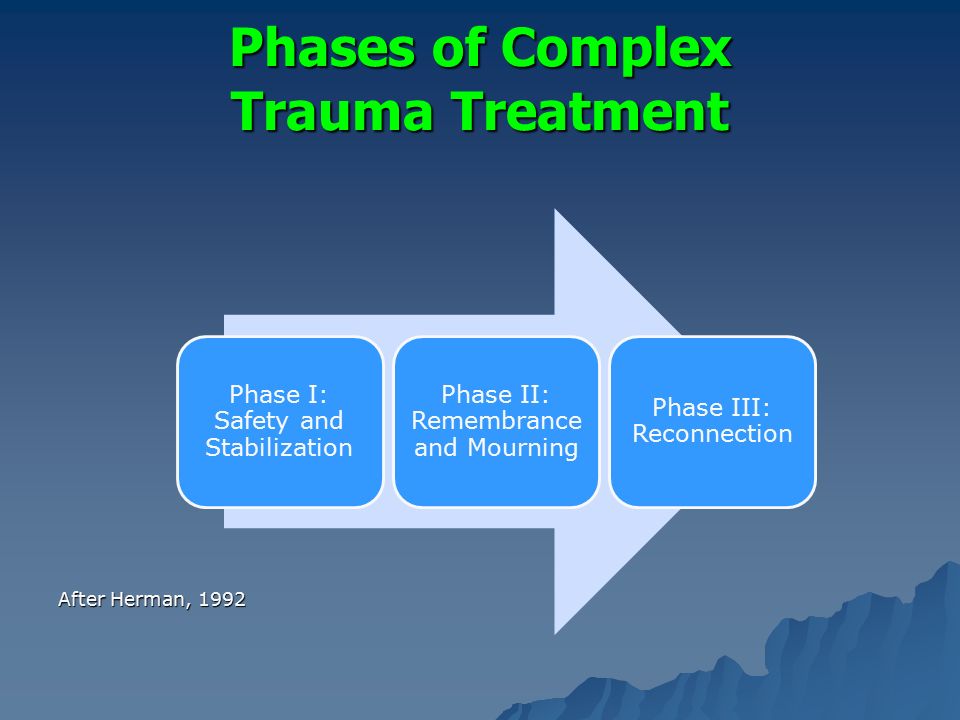 nine0003
nine0003 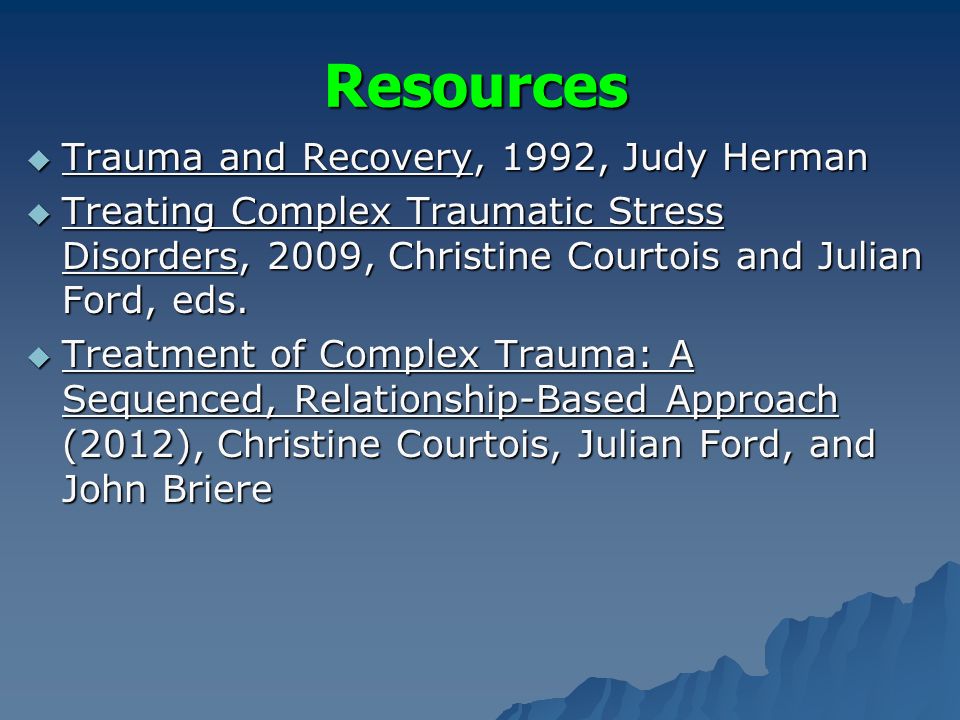 Treatment is carried out under the supervision of orthopedic traumatologists. nine0003
Treatment is carried out under the supervision of orthopedic traumatologists. nine0003 Rehabilitation after injuries, Moscow, Central Clinical Hospital of the Russian Academy of Sciences
Features of rehabilitation therapy
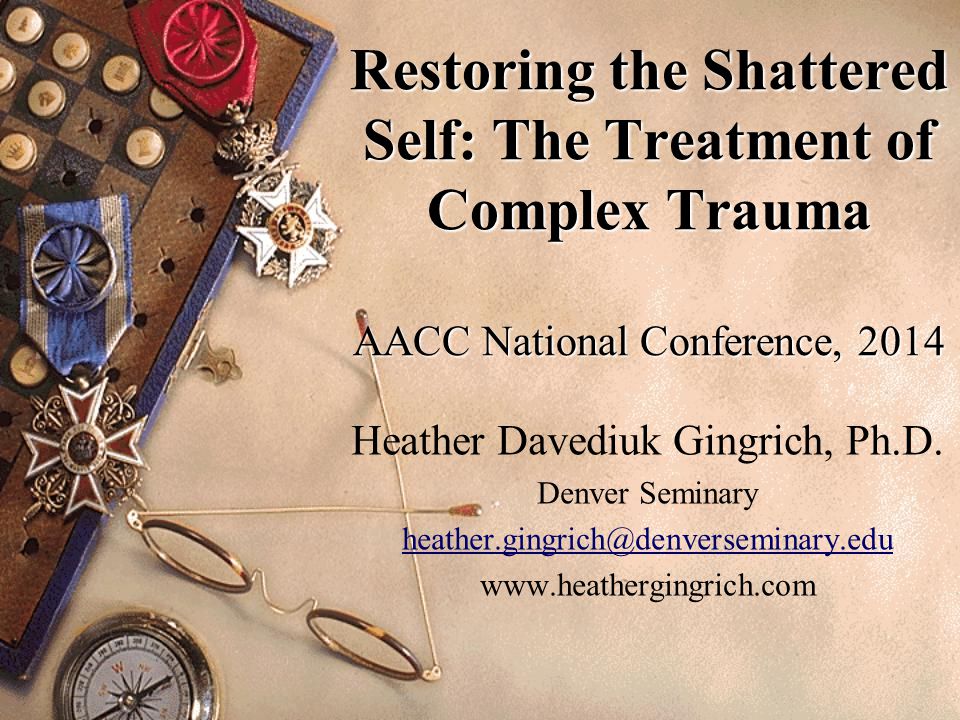 Often, after a complex operation or recovery from a serious illness, people have to re-learn previously habitual movements and actions, which can negatively affect their state of mind. Therefore, the rehabilitation course often includes psychological support for patients. nine0003
Often, after a complex operation or recovery from a serious illness, people have to re-learn previously habitual movements and actions, which can negatively affect their state of mind. Therefore, the rehabilitation course often includes psychological support for patients. nine0003 Indications for rehabilitation therapy
 Neurological complications can be manifested by loss of obedience and numbness of the limbs, loss of orientation when moving, speech disorders, headaches and dizziness, memory impairment, and other severe symptoms. The course of rehabilitation treatment allows the patient to regain power over his own body and ability to work. nine0003
Neurological complications can be manifested by loss of obedience and numbness of the limbs, loss of orientation when moving, speech disorders, headaches and dizziness, memory impairment, and other severe symptoms. The course of rehabilitation treatment allows the patient to regain power over his own body and ability to work. nine0003
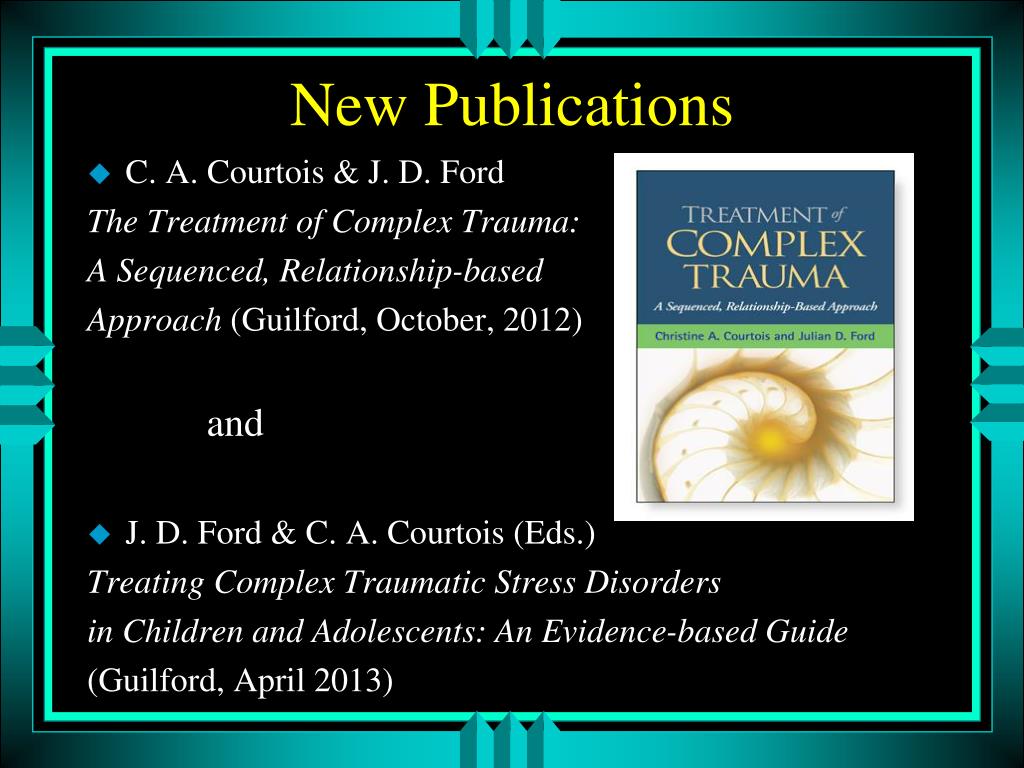 Therefore, rehabilitation treatment is necessary for cerebral palsy, Parkinson's disease, arthrosis and osteochondrosis, metabolic and hormonal abnormalities. nine0003
Therefore, rehabilitation treatment is necessary for cerebral palsy, Parkinson's disease, arthrosis and osteochondrosis, metabolic and hormonal abnormalities. nine0003

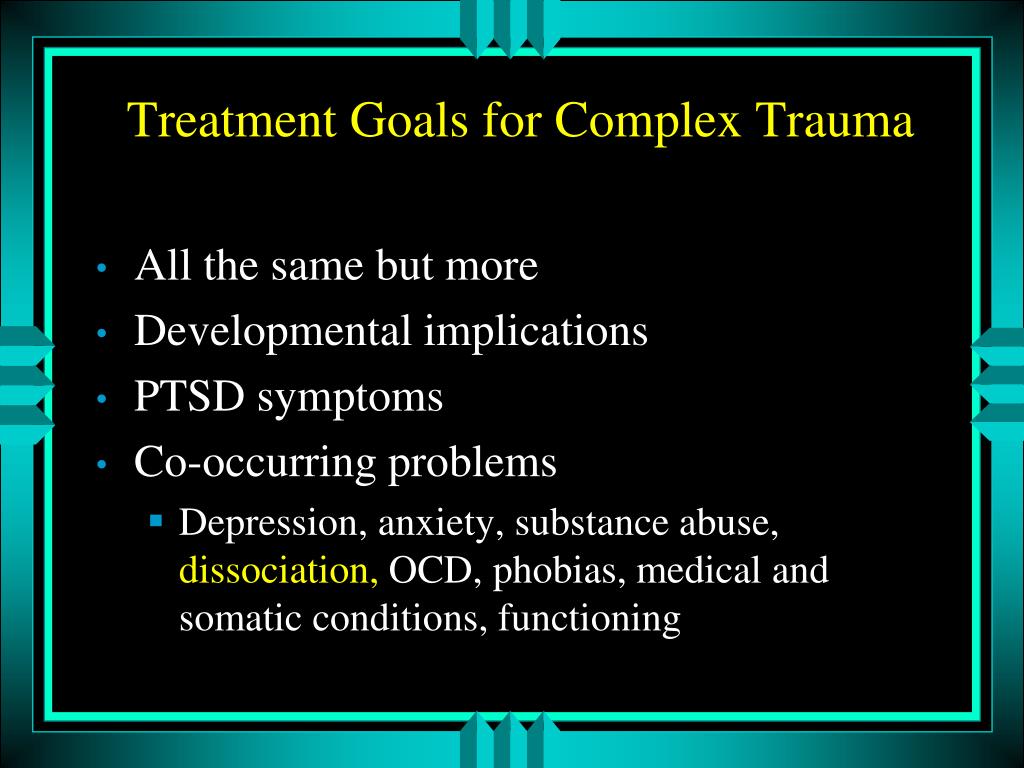 The medical center of the Central Clinical Hospital of the Russian Academy of Sciences uses modern highly effective means for physiotherapy: devices "CryoJet", "Khivamat", "Andro-Gin", laser therapy, MDM-therapy and others.
The medical center of the Central Clinical Hospital of the Russian Academy of Sciences uses modern highly effective means for physiotherapy: devices "CryoJet", "Khivamat", "Andro-Gin", laser therapy, MDM-therapy and others. Rehabilitation in Moscow and the Moscow Region

